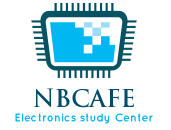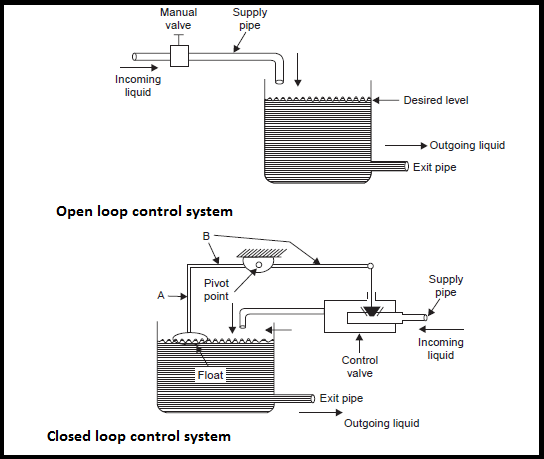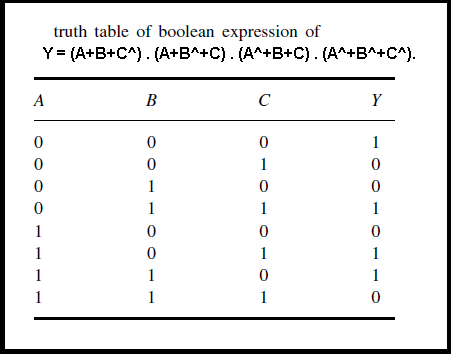Here we can see data transfer schemes of 8085 microprocessor. In 8085 microprocessor based systems several input and output devices we may connect. Among of them some devices has equal processing speed and some devices does not. So in this topic we have to find answers of some very important questions.
- Why data transfer scheme needed?
- Categories of data transfer scheme
- What are those devices we connect using data transfer scheme?
Why data transfer scheme needed?
We know that data transfer may take place between microprocessor and memory, microprocessor and I/O devices and memory & I/O devices. Another very important thing is that we can get very smooth data communication between microprocessor and memory. Because the same technology is used in the manufacturing of memory and microprocessor. So it has all most same bus speed.
The main reason for that the speed of the memory is almost compatible with the speed of 8085 microprocessor. Now the main concern is for data transfer between the microprocessor and I/O devices. In that case, the main problems arise due to mismatch of the speed of the I/O devices and the speed of microprocessor or memory. So we have to do some thing to over come that problem. To overcome this problem of speed mismatching between the microprocessor and I/O devices, we introduce data transfer schemes of 8085 microprocessor.
Categories of data transfer scheme
Now question is what are the data transfer scheme is available in 8085 microprocessor? In 8085 microprocessor following data transfer schemes may be considered for smooth data transfer process. The data transfer schemes of it can categorized depending upon the capabilities of I/O devices for accepting serial or parallel data.
Serial I/O mode transfer
For these devices and for these above mention reasons serial I/O mode is used. In serial I/O mode transfer a single bit of data on a single line at a time. For serial I/O data transmission mode, 8-bit parallel word is converted to a stream of eight serial bit using parallel-to-serial converter. Similarly, in serial reception of data, the microprocessor receives a stream of 8-bit one by one. After receiving serial data, it converted to 8- bit parallel word using serial-to-parallel converter. For this purpose data transfer schemes of 8085 microprocessor are introduced.
Parallel data transfer scheme
Parallel data transfer scheme is faster than serial I/O transfer. In parallel data transfer mode, 8-bit data send all together with 8 parallel wire. In 8085 microprocessor mainly three types of parallel data transfer scheme we observed. Those are
- Programmed I/O Data Transfer
- Interrupt Driven I/O Data Transfer
- Direct Memory Access (DMA) Data Transfer.
What are those devices we connect using data transfer scheme?
The 8085 microprocessor is a parallel device. That means it transfers eight bits of data simultaneously over eight data lines (parallel I/O mode). However in many situations, the parallel I/O mode is either impractical or impossible. For example, parallel data communication over a long distance becomes very expensive. Similarly, parallel data communication is not possible with devices such as CRT terminal or Cassette tape etc. So using different transfer scheme we can connect keyboard, external memory, any input analogue sensor, motor etc with microprocessor.
In conclusion, data transfer scheme is very necessary for 8085 microprocessor. By using that, we can avoid speed mismatching problem. Communication between different devices with microprocessor become very smooth.
Let’s check how you learn data transfer schemes of 8085 microprocessor with a simple quiz.
0 of 5 questions completed Questions: Data Transfer in 8085 microprocessor. You have already completed the quiz before. Hence you can not start it again. Quiz is loading... You must sign in or sign up to start the quiz. You have to finish following quiz, to start this quiz: 0 of 5 questions answered correctly Time has elapsed You have reached 0 of 0 points, (0) The control signal used to distinguish between an I/O operation and memory operation is The stack and the stack pointer The total I/O space available in 8085 if used peripheral mapped I/O The interfacing device used with an output port is In 8085 CPU, the JUMP instruction address affects theData Transfer
Quiz-summary
Information
Results
Average score Your score Categories
1. Question
2. Question
3. Question
4. Question
5. Question





